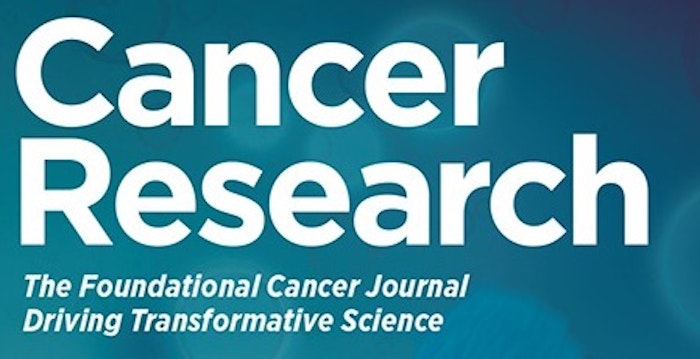Comprehensive molecular analysis of pediatric thalamic tumors

Abstract
Childhood thalamic tumors are relatively rare cancers, accounting for 5% of all pediatric brain tumors and categorized as midline gliomas such as diffuse intrinsic pontine gliomas (DIPGs). We and others have shown that mutations in genes encoding for histone 3.3 (H3F3A), histone 3.2 (HIST2H3C) and histone 3.1 (HIST1H3B) along with their obligate partner mutations are the major driver mutations in DIPGs. Where recent studies have identified major histone partner mutations associated with DIPGs, more research is required to provide a clear landscape of genomic aberrations associated with thalamic tumors. We hypothesize that comprehensive whole genome sequence, methylation and proteome analysis of a large cohort of thalamic tumors will map differentially regulated pathways and identify potential novel driver and obligate partner mutations associated with thalamic gliomas. We have established a cohort (CNHS and CBTTC) of 128 thalamic specimens, including 56 pediatric and adolescent primary thalamic tumors with median age at diagnosis of 5.6 years (range 0-20 years); 40 normal controls with matched age and gender; and 32 midline tumors with potential thalamic involvement with median age at diagnosis of 7.6 years (range 0-19 years). Our cohort of primary thalamic tumors contained 31 (55.3%) and 19 (33.9%) tumors reviewed as high and low grade gliomas, respectively. From our midline tumors with potential thalamic involvement, 22 (68.7%) were classified as primary DIPG and 10 (31.2%) were other midline gliomas. Where available, MRI reviews and histopathological analysis were performed. Preliminary results showed that 7 of the extended tumors presented hypercellularity and positive histone 3 K27M staining, confirming that these tumors in fact extended to the thalamus as MRI showed. Additionally, Whole Exome Sequencing (WES) from one DIPG sample extending to the thalamus showed the same mutations found on the primary pons tumor: H3.1 K27M; ACVR1 G328V; PIK3CA H1047R; MAX R51Q and PTEN A126S. The remaining primary and extended thalamic tumors will be analyzed by WES to understand the molecular changes associated with this disease. In addition to our results, we analyzed the genomic landscape from pediatric thalamic tumors previously published (188), showing H3.3/H3.1 K27M (51%); BRAF (10.6%) and TP53 (8%) as the most frequent mutations among thalamic high and low grade astrocytomas. Further studies will allow us to compare comprehensive molecular analysis of thalamic tumors (primary and metastatic) and non-thalamic midline tumors (specimen and data already in hand) and identify similarities and differences in genomic, epigenomic and proteomic expression pattern which may guide a better characterization of thalamic tumor as a separate entity.